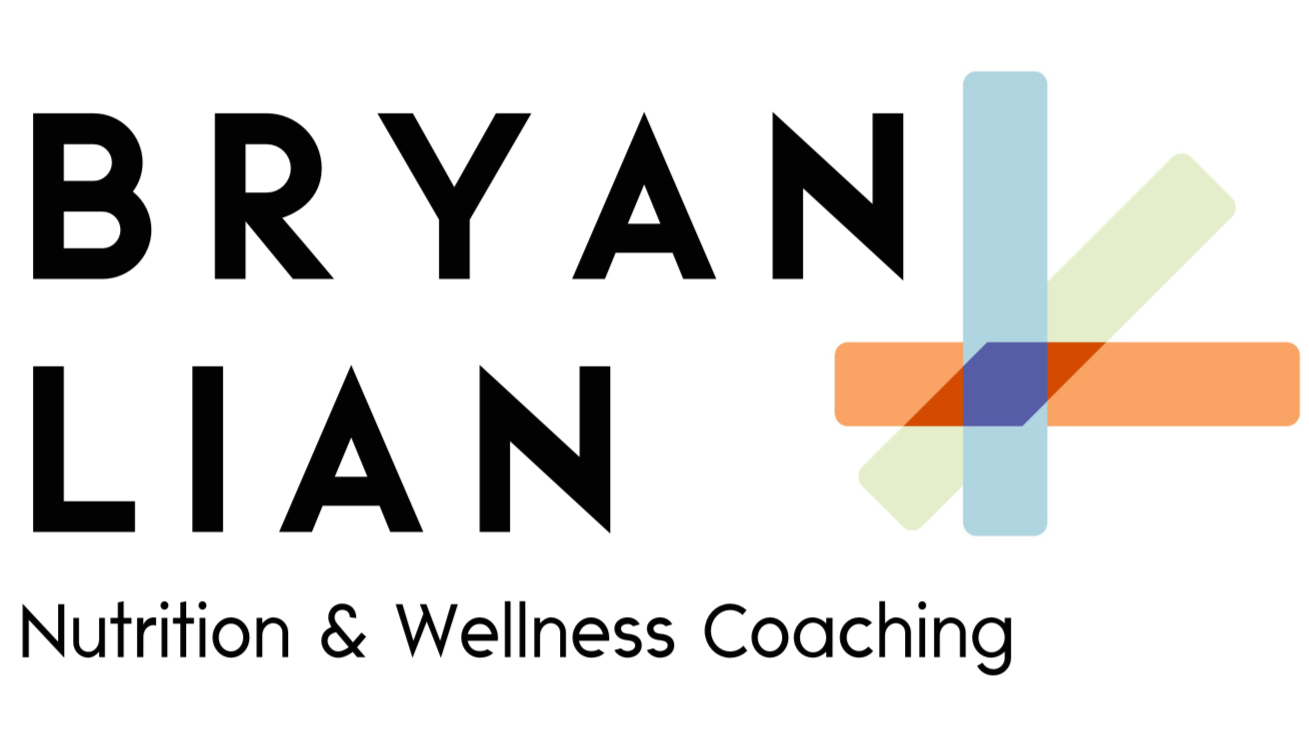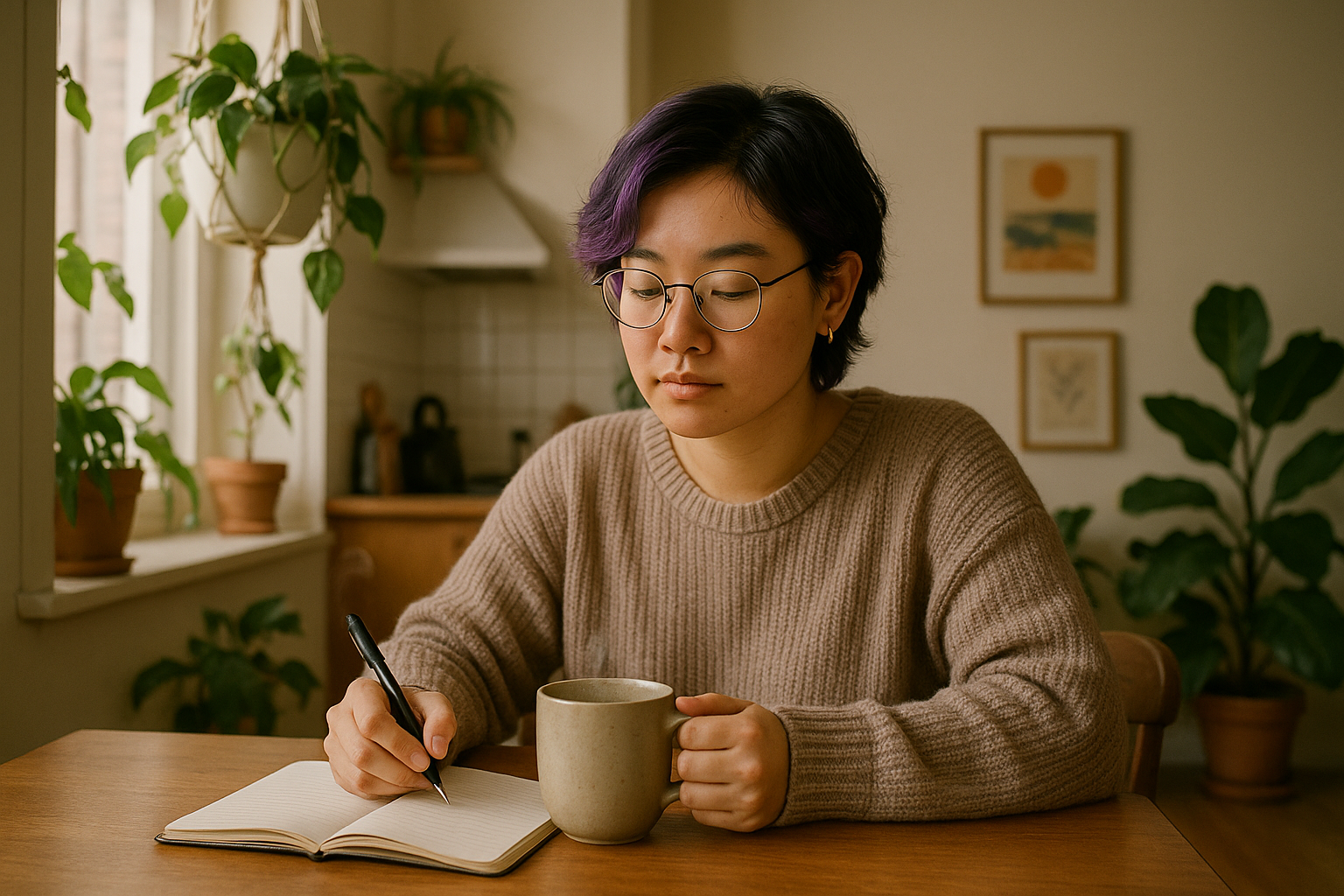Meet Jordan
“Recovery isn’t Supposed to Feel Like Another Job… Is It?”
Jordan is a 23-year-old nonbinary Taiwanese-American grad student and lab assistant. With purple highlights and a love for journaling and tea, they find comfort in creativity and community. But when it comes to food and body, recovery often feels like another box to check — one more place to aim for perfection.
Instead of freedom, Jordan finds themselves weighed down by body mistrust, food preoccupation, and the anxiety of social meals.
Jordan’s Journey
From Perfectionism to Empowered Eating
Jordan didn’t need another set of rigid food rules. What they wanted was safety and autonomy — a way to maintain recovery without it becoming another punishing “grindset.”
They’ve tried clinical settings before, but the focus on numbers and compliance felt judgmental. Jordan craved something different:
Consistency without perfectionism
A gentle way to expand “safe” foods
Support to ease the stress of eating with others
The Breakthrough
The Body-Trust Partnership
For Jordan, the turning point was working in a space that was trauma-informed and collaborative. Recovery shifted from a test to get an A in to a practice of self-compassion and consent-based action.
That looked like:
Setting a flexible meal structure to reduce food preoccupation
Using graded exposures — like trying dessert at home or meals out with friends — to rebuild trust with food
Practicing daily interoceptive awareness and self-compassion journaling
Creating scripts and meal plans with roommates to reduce social anxiety
Instead of chasing “perfect recovery,” Jordan began to experience what enough could feel like.
What Changed for Jordan
With this new approach, Jordan could:
Maintain a 14-day meal and snack rhythm streak
Successfully integrate two former “fear foods” into everyday eating
Complete five self-compassion practices that eased body image stress
The result? Recovery became less about control and more about trust — a process that gave Jordan back freedom in their daily life.
Note: These personas are fictional and created to represent patterns we see in our work. They are not drawn from any client’s personal health information. If parts of these stories feel familiar, please know it’s coincidence, not intention.



